|
Okay, I'm not giving out any spoilers here, but I'll say that this Awesome Animal is very relevant to the upcoming Bridgers 5. That's it. That's all I'll say about that. My lips are sealed! Lemurs. Just the name makes you think of Madagascar, doesn't it? I imagine the name makes some people think of the island country, The Republic of Madagascar. And it may make other people think of the 2005 DreamWorks picture, Madagascar. Let's take a closer look at these wide-eyed prosimian primates. What the heck is a Lemur? Lemurs are a group of about 100 species of mammals in the order Primates. Although lemurs look similar to other primates, such as the monkeys and apes, lemurs became isolated on the island of Madagascar long ago, and they evolved independently from the other primates. Lemurs typically have large eyes and are nocturnal. Most of them are arboreal (spend much of their time in trees). Below is perhaps the most recognizable of the lemurs, the ring-tailed lemur. Amazing facts about Lemurs Lemurs live only on Madagascar. The island of Madagascar broke away from eastern Africa, Antarctica, and India between 160 and 80 million years ago. But the first lemurs originated in Africa about 64 million years ago. So how did they end up on Madagascar? The most accepted explanation for this is that individuals and small populations rafted across the Mozambique Channel, the gap between Africa and Madagascar, which is about 350 miles (560 km) wide. Of course they didn't do this on purpose, but they happened to be on large, tangled mats of uprooted trees and other vegetation as the mats were washed out to sea by flooded rivers. By looking at models of ocean currents of 60 million years ago, it was determined that these rafts would have been carried to Madagascar in less than 30 days, making it possible for small mammals like lemurs to survive the trip. Now this is the important part of the story. As the continents drifted north, by about 20 million years ago the ocean currents had changed, eliminating the possibility of other animals rafting to Madagascar. This isolated the lemurs and prevented them from having to compete with other arboreal mammals such as squirrels. And even more importantly, they did not have to compete with monkeys, which appeared on Africa later. Monkeys, due to their higher intelligence and aggression, almost certainly would have wiped out the lemurs had they existed in the same place. Lemurs are diverse (over a hundred species). This is probably because of Madagascar's diverse habitats and highly seasonal climate. In fact, several species may exist in the same area of forest because they have different diets. The smallest species is the Madame Berthe’s mouse lemur, only 3.5 to 4 inches (9 to 11 cm) long, not counting the tail, and weighing only 1 ounce (30 grams): Although now extinct, the largest lemur known was the Archaeoindris. It was as large as a male gorilla, weighing about 350 pounds (159 kg). Unfortunately, these giant lemurs became extinct about 2,000 years ago. This happens to be the time at which the first humans arrived on Madagascar. As I'm sure you can guess, this is probably not a coincidence. Humans have a track record of wiping out species by over-hunting and habitat destruction. Below is the Archaeoindris. The largest living lemur is the indri lemur, which weighs about 20 pounds (9 kg). Lemurs have two tongues. Yep, you read that correctly. Lemurs have a main tongue, which isn't too different from your tongue—it is designed to help them eat (most lemurs eat fruits, flowers, and insects). But underneath the main tongue is a smaller tongue made of stiffer cartilage. This is the grooming tongue. It is used when they groom the fur of their buddies (and in the process, they can separate out a few insects for a tasty snack). This second tongue is also used as a toothbrush to clean out the hairs that get stuck between their teeth as they groom each other. In lemur society, females are dominant. Lemurs live in social groups called troops. Each troop, which could include 6 to 30 individuals, is led by a dominant female. Lemurs are not the ancestors of monkeys and apes. Lemurs are prosimians, which means they are a type of primate that evolved before monkeys and apes (simians). But remember, lemurs evolved independently while isolated on Madagascar. But that doesn't mean lemurs aren't intelligent. When it comes to understanding numbers, lemurs are as intelligent as monkeys. Check out this video on studies of lemur intelligence. One of the more bizarre species of lemurs is the aye-aye. Why? Well, mainly because of its extraordinarily long middle finger. Or more accurately, how this finger is used. The aye-aye is one of only two mammals that feed with a strategy called percussive foraging. Here's what that means: The aye-aye taps on a tree and then listens carefully to find grubs living in the wood. It then chews a small hole in the wood with its specialized, forward-slanting incisors. Finally, it inserts its long middle finger in the hole and pulls out the grubs. So the aye-aye fills the same ecological niche as a woodpecker. See the aye-aye below. Recently, the filmmaker Ceri Levy teamed up with the artist Ralph Steadman to create an entertaining book about endangered animals, titled Critical Critters. The aye-aye is one of the featured creatures. The artist Ralph Steadman has an iconic style of splattered ink, made famous by his work for Hunter S. Thompson’s gonzo book Fear and Loathing in Las Vegas. In this image, the aye-aye seems to be flashing its impressive middle finger at the world, perhaps a not-so-subtle gesture to the humans who are destroying the creature's habitat. So, lemurs deserve a place in the B.A.H.O.F. (Blastastic Animal Hall of Fame). FUN FACT: The word blastastic is simply a combining of blast (as in "that party was a blast") and fantastic (which today often means marvelous). The word blast originated before the year 1000, and it originally meant a gust of wind. But in about 1960 it was adapted to mean a party or a riotously good time. The word fantastic originated in the late 1300s, and it originally referred to elements of outlandish imagination. So, when you combine these two words, blastastic is another way to say awesome! Photo Credits:
Two Ring-tailed Lemurs - Santiago Urquijo via NewScientist Mouse Lemur - My Good Planet Archaeoindris - Wikimedia Commons Lemur running with baby - Natural World Safaris Aye-aye on tree - Ed Louis via Wired Aye-aye drawing by Ralph Steadman - Ralph Steadman
0 Comments
My brother, Shane Smith, recently emailed me an article about how Pennsylvania named the "snot otter" as their official state amphibian. Well, not only is snot otter one of the most awesome colloquial names ever given to an animal, but the animal itself is quite awesome (officially known as the hellbender). So, I apologize to those of you who prefer the cute and cuddly creatures, because today's animal is, well... not (or should I say, It'snot). I can't help it—I'm fascinated by all reptiles and amphibians. Always have been. And since the hellbender is a salamander, which is an amphibian, it deserves to be recognized for its awesomeness. What the heck is a Hellbender? Hellbenders are the largest type of salamander in North America. They are considered "living fossils" because they have not changed much in the last 160 million years. These salamanders live on the bottoms of fast-flowing streams, and their bodies are flattened to help them cling to the rocky stream bottom. Amazing facts about Hellbenders Hellbenders are big. They are in a family, referred to as the giant salamanders, that includes only two other species, the Japanese giant salamander and the Chinese giant salamander. Hellbenders grow to 12 to 29 inches (30 to 74 cm) long, including the tail. And they weigh up to four pounds (1.8 kg). This is much larger than any of the other salamanders that live in their range. Hellbenders are predators. Mostly they prey on crayfish (90% of their diet is crayfish). But when they get the chance, they also snarf up fish, insects, earthworms, snails, tadpoles, fish eggs, and even other hellbenders. They have a "sit and wait" hunting strategy. They hide under rocks with only their heads sticking out, and when a crayfish swims too near, they open their mouth and suck in water, bringing the unfortunate crayfish with it. Hellbenders have numerous other names. Snot otter is my favorite, but other names include devil dog, mud devil, grampus, Allegheny alligator, spotted water gecko, leverian water newt, and another favorite of mine, lasagna lizard. The name lasagna lizard comes from the unusual folds of skin along the hellbender's side (these folds are obvious in the photo below). The name snot otter is obviously due to the slime that covers the hellbender's skin (this slime serves as a protective layer). No one knows for sure how it got the name hellbender, but some people believe the creature was named by settlers who felt that "it was a creature from hell where it's bent on returning." Anyway, hellbender is an intimidating name, one which is not really deserved, considering these salamanders are shy and timid. You might think a hellbender's slime is gross, but it's very important. Not only does it protect them from abrasions from rocks, it also makes them slippery, which in turn makes them difficult for predators (such as fish, turtles, and snakes) to hold onto. And when they are being pursued, they quickly secrete even more slime, which happens to taste awful to predators. So even if a predator manages to grab ahold of one, it gets a mouthful of nasty slime and will often let go. Okay, let's talk some more about the hellbender's amazing skin. What's up with all those lasagna folds? Here's an explanation: Young hellbenders (called larvae) have external gills for breathing. But as they grow to adulthood, their gills disappear. From that point on, they get all their oxygen through their skin. This isn't unusual for salamanders, but most other salamanders are much smaller. The larger an animal is, the less skin it has per unit of volume. It's that old "surface area to volume ratio" thing we all learned about in school. Small salamanders have more skin per gram of body weight, so their skin can easily absorb enough oxygen. But a four-pound hellbender simply needs more skin to get enough oxygen to support its massive body. That's why it has all those folds on its sides. That's also why hellbenders must live in well-oxygenated, fast-moving streams. The hellbender's skin has another superpower—it can see. That's right, the creature's skin contains numerous light-sensitive cells. It is thought that these cells help the salamander know whether it is well hidden beneath a rock. For example, the tail has the highest concentration of these cells, so that the hellbender can know whether or not its tail is sticking out. That's pretty darn amazing. The two tiny eyes on top of its head can also detect light but are not good at seeing images. So hellbenders use their strong sense of smell to catch prey. They also have a "lateral line" along each side of the body, which detects slight vibrations in the water. Check out this fun musical video about hellbenders! Hellbenders grow slowly and live a long time. It takes a young hellbender 5 to 8 years to reach sexual maturity, and they live up to 30 years in the wild. Hellbenders are not very sociable. Other than during the mating season, they spend all their time alone. In fact, when two adult hellbenders encounter each other, this almost always results in a fight. If they are about the same size, they will end up going their separate ways unharmed. But if one is smaller, it might get gobbled up by the larger one. I guess hellbenders aren't grossed out by hellbender slime. Hellbenders have rather unusual breeding habits. During the fall mating season, each adult male uses its strong legs to dig out a brood site, which is a saucer-shaped hole beneath a large rock, positioned so that well-oxygenated water flows directly over the hole. Then the male sits there in the brood site and waits for a female to come along. When a female does show up, he will coax (or force) her into his brood hole and will not let her leave until she lays her eggs (up to 200 eggs at once). The male then sprays his sperm over the eggs and swishes his tail to evenly distribute the sperm. The male then drives the female away and often tries to coax other females to add more eggs to his brood site. Some successful males will end up with almost 2,000 eggs! The male then guards the eggs by standing over them and rocking back and forth to increase the oxygen getting to them. The eggs hatch after about 45 days in warm regions, but it can take 75 days in colder areas. The young then swim off and try to survive on their own. See the hellbender larva below. So, the Hellbender deserves a place in the R.A.H.O.F. (Riveting Animal Hall of Fame). FUN FACT: The word rivet was first used in the late 1300s, and it came from the Middle English rivette, which meant to attach. As a noun, rivet means a metal pin that holds things together. As a verb, rivet means to fasten or fix firmly. At some point, the meaning expanded to also mean to firmly hold people's attention. Example: Avengers: Endgame is said to be a riveting movie. And since hellbenders are so fascinating, the word fits well here. In other words, riveting is another way to say awesome! Photo Credits:
Hellbender #1 - Brian Gratwicke via FLICKR Hellbender and hellbender skeleton - Ryan Somma via Flickr Hellbender in stream - Pete Oxford via The Orianne Society Hellbender larva - Mark Wanner, Saint Louis Zoo |
Stan's Cogitations
Everyone needs a creative outlet. That's why I write. Archives
July 2024
|

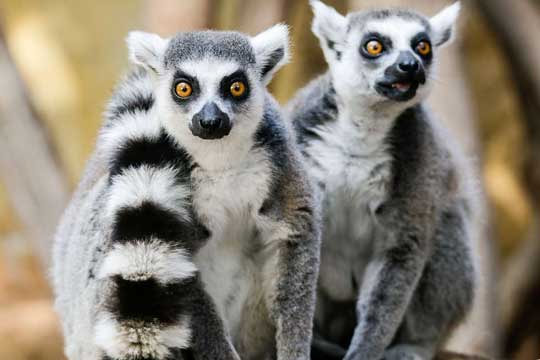
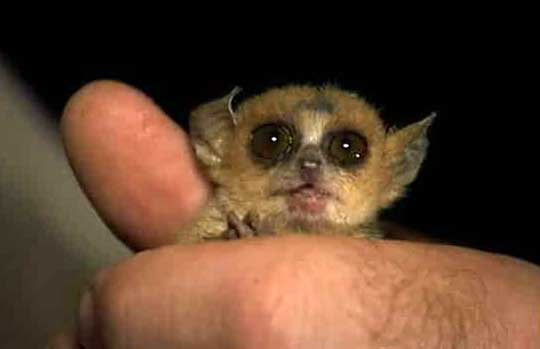
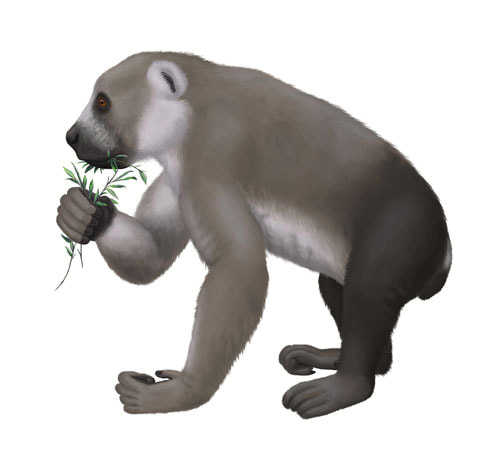
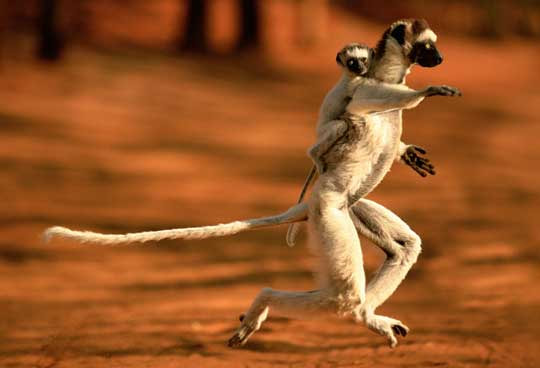
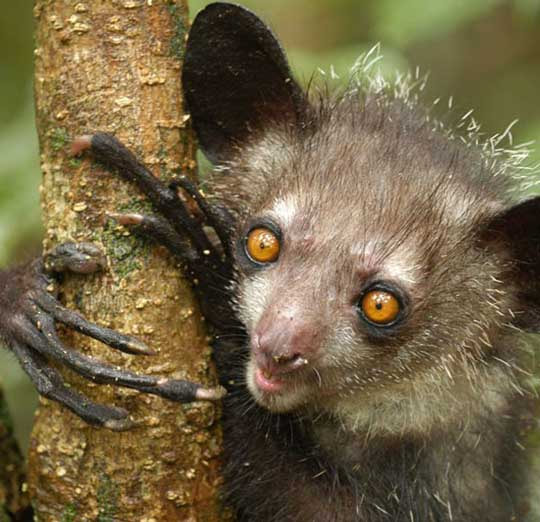
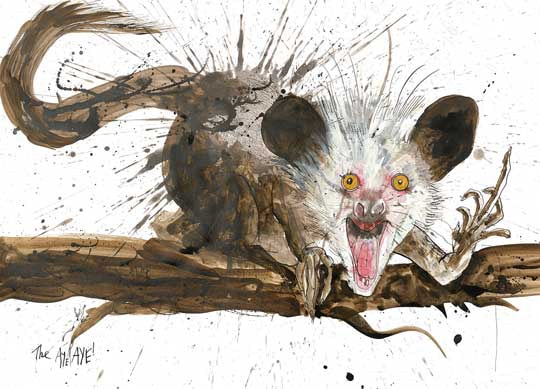
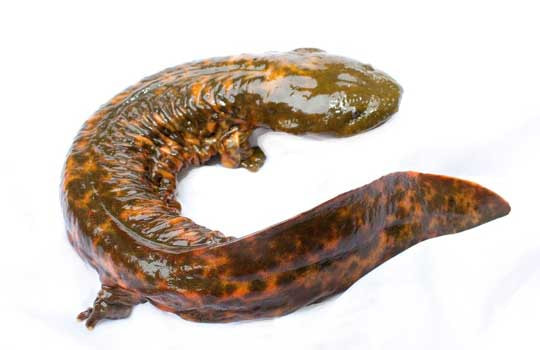
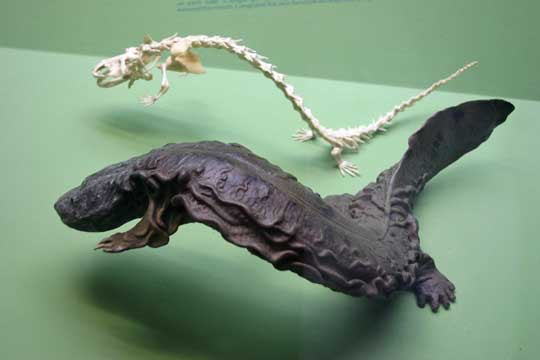
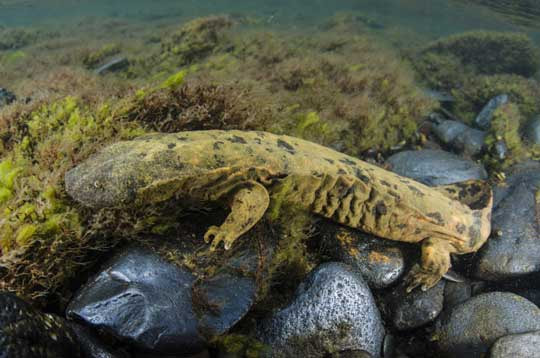
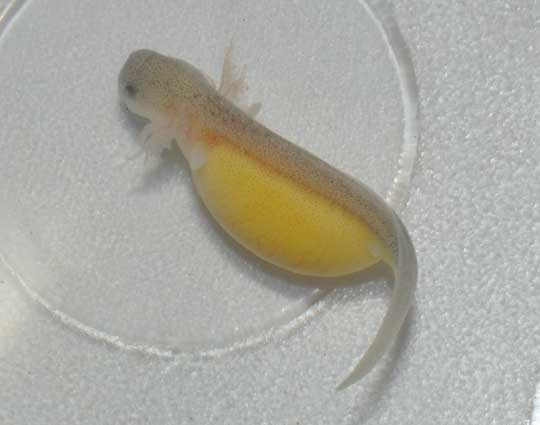
 RSS Feed
RSS Feed